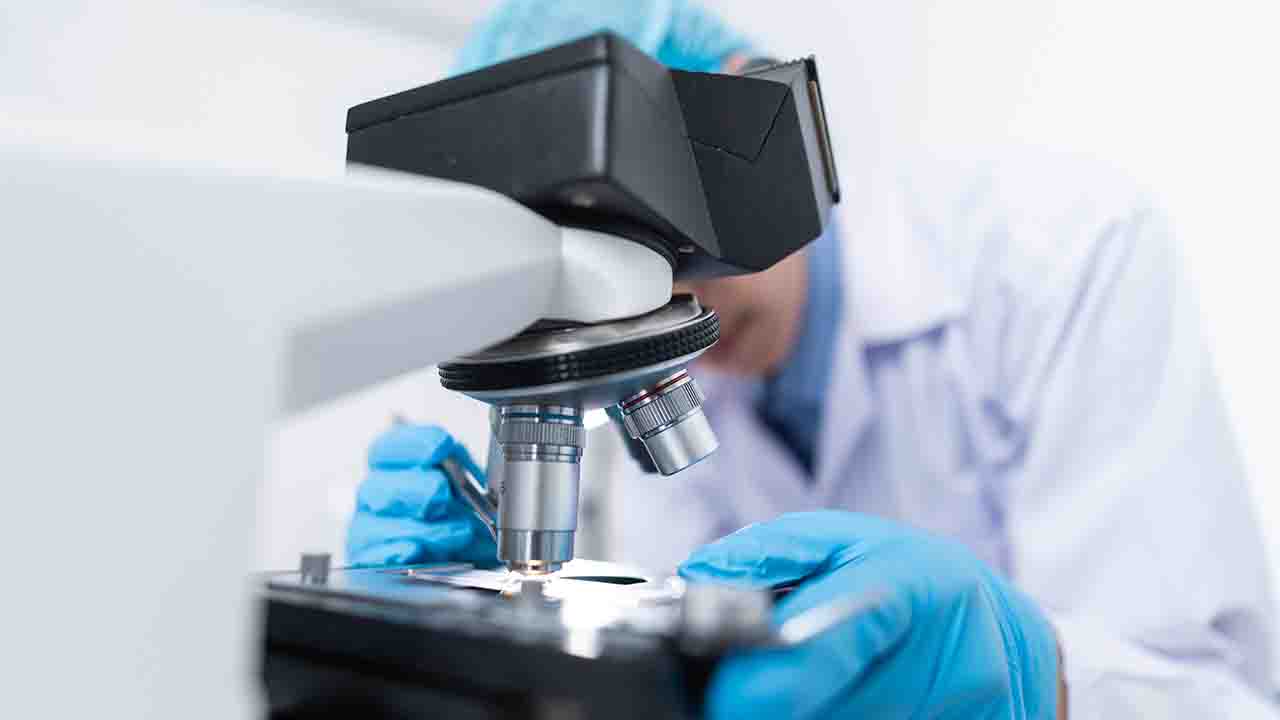Science & Technology, UK (Commonwealth Union) – University of Oxford scientists have pioneered a groundbreaking technique that could one day revolutionize the treatment of brain injuries by offering customized repairs. In a groundbreaking development, these researchers have successfully demonstrated the feasibility of 3D printing neural cells to replicate the intricate structure of the cerebral cortex, and their findings have been officially published in the journal Nature Communications.
Brain injuries, stemming from causes such as trauma, stroke, and brain tumor surgeries, often inflict extensive damage to the cerebral cortex—the outer layer of the human brain. This damage frequently results in challenges related to cognition, motor skills, and communication. For instance, annually, approximately 70 million people worldwide endure traumatic brain injuries (TBI), with a staggering 5 million of these cases categorized as severe or fatal. Presently, there are no effective treatments available for severe brain injuries, leading to profound repercussions for the individuals’ quality of life.
In the future, regenerative therapies involving patient-specific implants derived from their own stem cells may hold significant promise for treating brain injuries. However, until now, a method to ensure that these implanted stem cells replicate the intricate architecture of the brain has been absent.
In this groundbreaking study, researchers from the University of Oxford achieved the creation of a two-layered brain tissue using 3D-printed human neural stem cells. When introduced into mouse brain slices, these cells demonstrated convincing structural and functional integration with the host tissue.
The cortical structure was crafted from human induced pluripotent stem cells (hiPSCs), which have the capability to generate the various cell types present in most human tissues. One key advantage of employing hiPSCs for tissue repair is their ease of derivation from a patient’s own cells, thus evading any risk of triggering an immune response.
The hiPSCs were differentiated into neural progenitor cells, yielding two distinct layers of the cerebral cortex through the application of specific combinations of growth factors and chemicals. These cells were then suspended in a solution to generate two unique ‘bioinks,’ which were subsequently 3D printed to produce a two-layered structure. Over the course of weeks in culture, the printed tissues preserved their layered cellular architecture, as evidenced by the expression of biomarkers specific to each layer.
When these 3D-printed tissues were implanted into mouse brain slices, they exhibited strong integration, characterized by the projection of neural processes and the migration of neurons across the boundary between the implant and the host tissue. The implanted cells also exhibited signaling activity, which corresponded with that of the host cells, indicating functional integration as well as structural compatibility.
The researchers’ next steps involve further refining the droplet printing technique to create more complex, multi-layered cerebral cortex tissues that closely emulate the architecture of the human brain. Beyond their potential for treating brain injuries, these engineered tissues may find applications in drug testing, studies of brain development, and enhancing our comprehension of the foundations of cognition.
This recent advancement builds upon the team’s decade-long legacy of inventing and patenting 3D printing technologies for synthetic tissues and cultured cells.
Senior author Dr Linna Zhou of the Department of Chemistry, University of Oxford, says “Our droplet printing technique provides a means to engineer living 3D tissues with desired architectures, which brings us closer to the creation of personalized implantation treatments for brain injury.”
The senior author Professor Hagan Bayley of the Department of Chemistry, University of Oxford added “This futuristic endeavour could only have been achieved by the highly multidisciplinary interactions encouraged by Oxford’s Martin School, involving both Oxford’s Department of Chemistry and the Department of Physiology, Anatomy and Genetics.”
3D technology has shown much promise in a variety of medical applications and with further research into the field its scope is likely become more applicable to human use in the years ahead.








